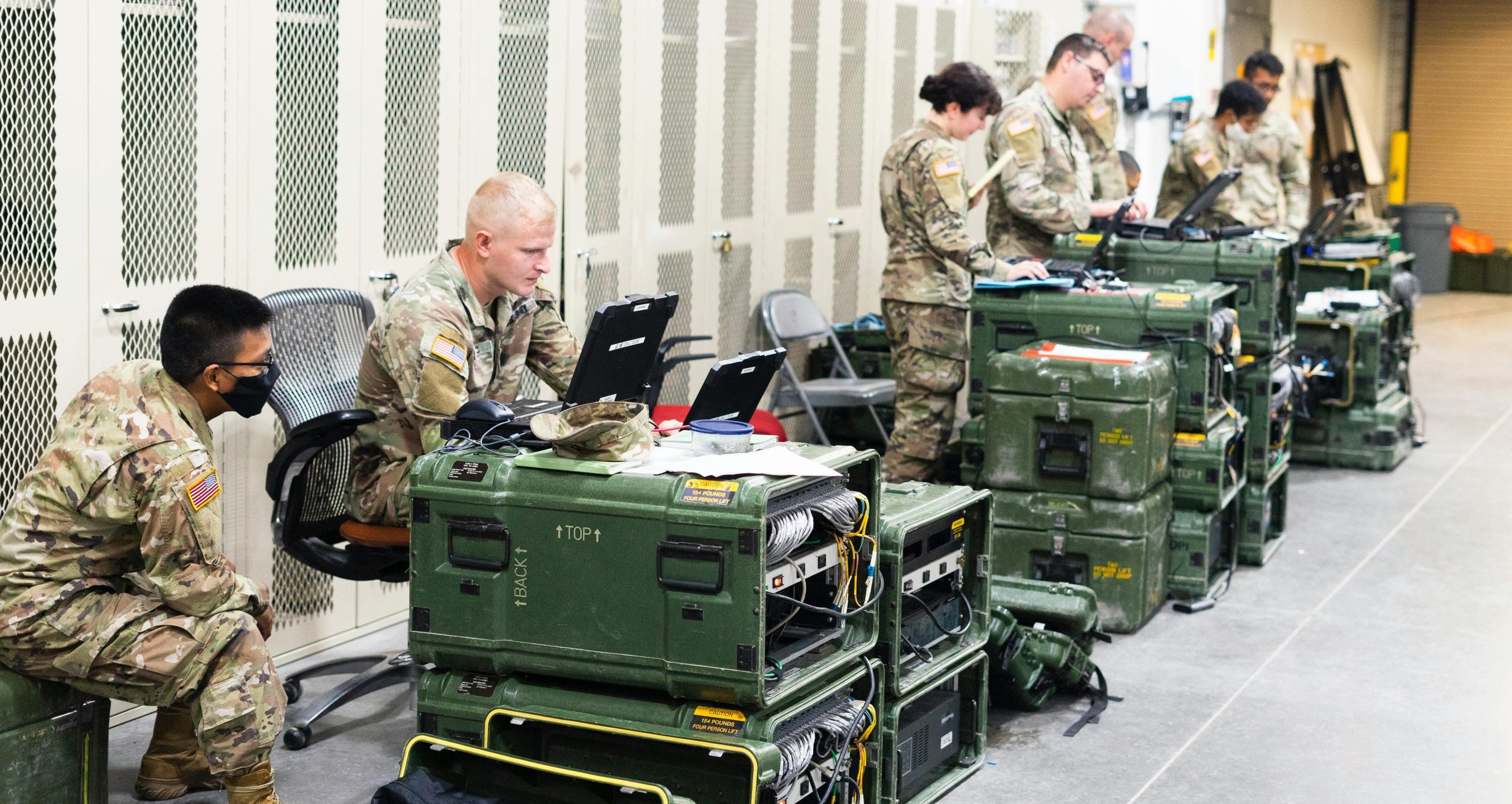To maintain its competitive advantage, the Defense Department must utilize data at the tactical edge. Processing data locally “speeds up the time for decision making, for example when you can run analytics or even AI solutions against the data,” said Dave Hoon, Chief Technology Officer with Norseman Defense Technologies. “Edge data can better support mission context and relevance.” But distributed data brings with it new challenges. Data security may look a little different in a distributed environment, Hoon said, “and there are also scalability and storage challenges to deal with.”
There are issues, too, around data integration and interoperability. Decisionmakers need the ability to integrate locally processed data into centralized data stores, either for future uses or for compliance purposes. All this requires strong data management, he said.
How to Manage Data
“First, [agencies] need to implement a very robust data governance framework, maintaining a data catalog that provides metadata and lineage tracking, to ensure data’s being used properly,” explained Hoon.
Even as they leverage distributed data to accelerate mission operators’ time-to-decision, organizations “need to be implementing APIs and data services to integrate data access across the enterprise to support event-drive and datadriven applications,” he said.
In terms of data security, “it’s always best practice to encrypt data at rest and in transit, and to implement good identity access-control solutions, with role-based and attribute-based access controls,” Hoon said. “Implement zero-trust capabilities to verify and authenticate every request for data access.”
The Norseman Advantage
As a small business supporting the federal government for more than 30 years, Norseman helps DoD agencies to make optimal use of their distributed data resources.
“We help our customers manage data through a comprehensive approach that we call data intelligence. We unify data security and data management — the collection, storage and processing of data — against our customer’s mission needs,” Hoon said.
In support of distributed-data uses, “we have a team focused on designing edge architectures,” he said. “We have solutions to manage latency, and we specialize in transitioning from legacy systems to more modernized data architectures.” When edge data has served its purpose, but still must be retained for compliance or future use, “we can also develop a hybrid or commercial cloud capability for centralizing that critical data,” Hoon added. And, working with a range of technology providers, Norseman can develop and integrate scalable edge-compute solutions.
Eyes on Data
Suppose an agency wanted to leverage vision-aware AI capabilities at the edge: cameras in the hallways of a forward operating base, for example. “Our solution would help them to achieve quicker decisions through localized processing of video-detection data, with the ability to send event metadata back to a centralized location,” he said.
With the right data management tools, DoD and others can make the most of their distributed data in support of real-time decision making, said Hoon, and that empowers edge AI solutions while ensuring robust security and compliance.
This article appears in our guide, “Leveling Up With Data.” To read more about how agencies are upping their data game, download it here:






Leave a Reply
You must be logged in to post a comment.